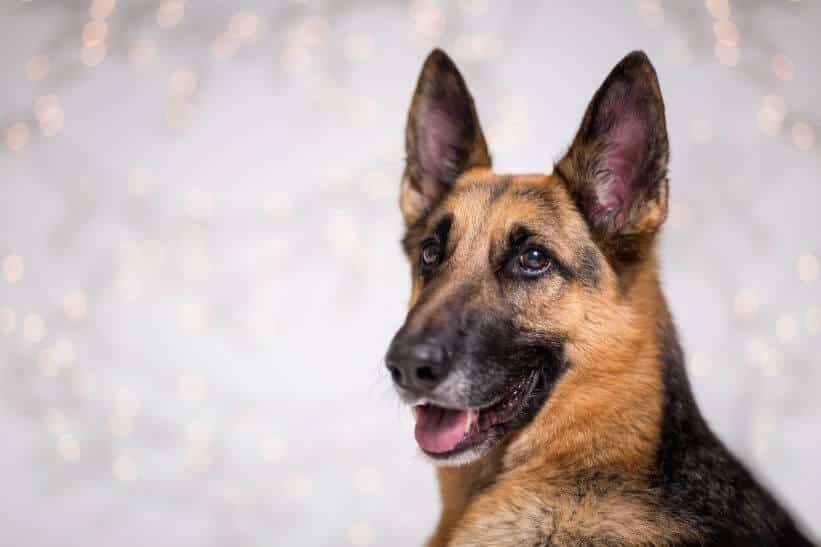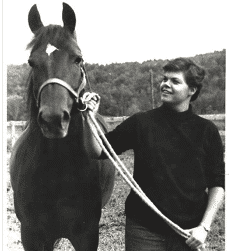Interview with Herding Group Judge Kay Reamensnyder
Where do I live? How many years in dogs? How many years as a judge?
Kay Reamensnyder: I live in Ridgefield, Washington. I have bred and exhibited German Shepherd Dogs for 40 years and have judged for over 25 years.
What is my original breed? What is/was my kennel name?
Kay Reamensnyder: Our kennel name is “Bedkar.” During that same time period, I also exhibited Cardigan Welsh Corgis and co-owned a couple of Pembrokes and Sharpei.
Can I list a few of the notable dogs I’ve bred? Any performance or parent club titles?
Kay Reamensnyder: We have been fortunate enough to have bred and owned five Top 10 GSD… American and Canadian BIS and multiple BISS winners.
What are the qualities I most admire in the Herding breeds?
Kay Reamensnyder: Probably, the intelligence and the “desire” to work… and the natural instinct to herd. They are breeds that require little in the way of grooming and upkeep. Each has a distinct way of herding; from the long, ground-covering gait of the German Shepherd to the speed and agility of the Corgis and Shelties… to the wonderful ability and willingness to work at a distance of the Border Collie
Have I judged any Herding Group Specialties?
Kay Reamensnyder: No.
Do you find that size, proportion, and substance are correct in most Herding breeds?
Kay Reamensnyder: I find that almost all are recognizable as to those breed-specific traits; most that are champions are deserving of the title. However, not all have futures in the show ring. As with any breed, only a few are so well-built and trained to go on to become Group and BIS winners. The important factor is that the dog be as close to the standard as possible and fit into a well thought-out breeding plan that will meet the expectations of the required size, proportion, and substance.
Is breed-specific presentation important to me as a judge? Can I offer some examples?
Kay Reamensnyder: YES. I expect any dog that enters the ring to be able to stand for a proper, breed-related examination and to be shown on a loose lead so as to show proper movement.
What about breed-specific movement? Do I demand this from Herding Dogs?
Kay Reamensnyder: YES. Coming from German Shepherds, there are two important factors that I look for: Dogs that have strong temperament and the ability to do the job they were created for. This includes not only movement but also proper coat, feet, tail length and carriage, and a solid topline that can carry the power of the rear to the reach of the front.
Are the Herding breeds in good shape overall? Any concerns?
Kay Reamensnyder: I think so; almost all present with adequate type. It is the responsibility of the breeder to choose carefully and to bring their best specimens for exhibition… and it is the judges’ responsibility to completely understand the standard and the reasoning behind it.
In my opinion, how do today’s exhibits compare with the Herding Dogs of the past?
Kay Reamensnyder: Well, there certainly are differences. Unfortunately, people are swayed by the current “big” winners without knowing what is behind that animal. This may cause some changes in the breed. Know your dog or bitch and what might be needed to maintain the standard.
Why do I think Herding Dogs can often become outstanding Show Dogs?
Kay Reamensnyder: Certainly, the [outstanding show dog is the] dog that is shown to optimize its best features and is the closest to its standard. A top specimen will often make its handler become “invisible.”
Just for laughs, do I have a funny story that I can share about my experiences judging the Herding Group?
Kay Reamensnyder: One comes to mind: I was judging an entry of Shelties where a gentleman had a young female on the table for examination. When he was trying to lift her off the table, she took a leap and landed on the floor with a thud. Later, when picking Winners Bitch, I gave her the Reserve win. Her owner smiled sheepishly and asked, “If she had properly completed her ‘dive’ would she have been the WINNER?”
The important factor is that the dog be as close to the standard as possible and fit into a well thought-out breeding plan that will meet the expectations of the required size, proportion, and substance.









